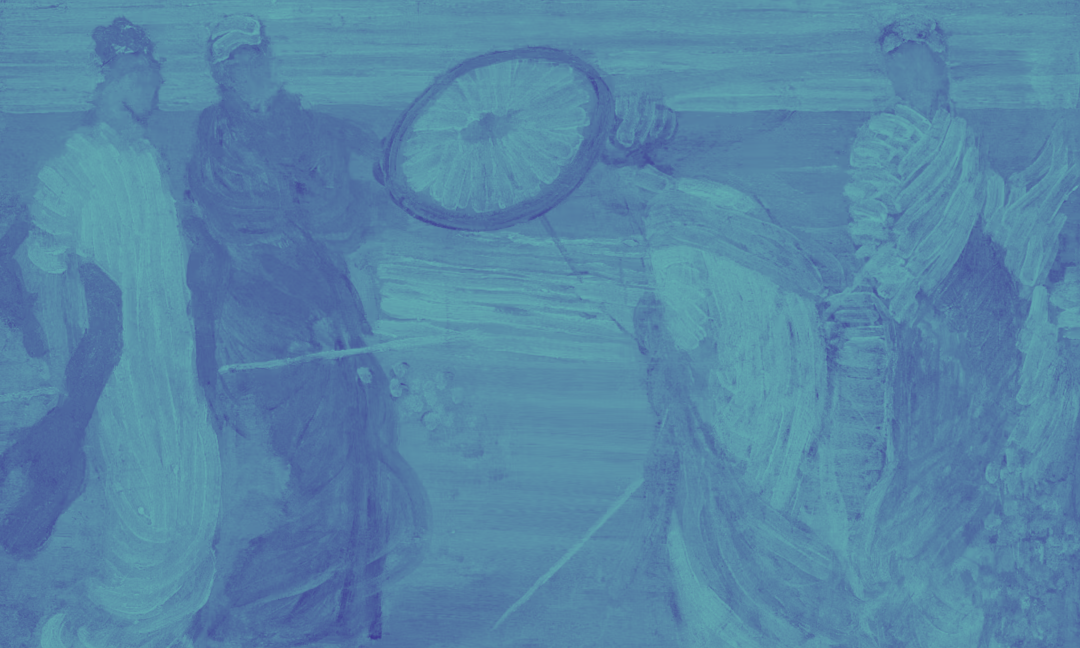Tips for describing clothing

Clothing isn't just a cover for the body. It tells stories, whispers hints about character and provides vital clues about the setting. When you dress your characters, you're adding dimensions to your story. So, how do you make the most of fashion in fiction?
The threads of character
Your character's wardrobe can be a potent tool for indirect characterisation. Your characters' clothes can reflect their personality, status, occupation, or emotions.
A pragmatic scientist might prefer comfortable, utilitarian clothing, like worn-in jeans and a lab coat, while a high-powered lawyer might don a sleek, tailored suit. An artist could have splashes of paint on an old, cherished jumper, and an eco-conscious character might choose vintage thrift store finds.
An essential thing to remember is consistency. It would feel off if your austere, severe character suddenly turned up in a frilly, flamboyant outfit without explanation.
Setting the scene with fabric and design
Clothes aren't just about the people wearing them. They also speak volumes about the world around them. Describing clothing in your story can help establish time and place.
The billowing gowns of the Elizabethan era, the flapper dresses of the roaring twenties, the power suits of the eighties – all these fashion choices paint a vivid picture of the setting.
Weaving emotion into the wardrobe
Beyond characterisation and setting, clothes can also convey emotion. Imagine a character clutching the edges of a coat, pulling it tighter around them – doesn't it paint a picture of fear or vulnerability? Or a character swishing her dress – isn't that an image of joy or flirtation?
The pitfalls of over-description
Yes, clothes can do a lot. But that doesn't mean every garment needs a runway-worthy description.
Be cautious about going into excessive detail about clothing, unless it's crucial to your story or character. It's generally better to provide a few significant details rather than a complete head-to-toe rundown.
Tips for describing clothing
Here are some pointers:
- Think beyond the visual: The texture of a cashmere sweater, the scent of worn leather, the rustle of silk – appealing to senses beyond sight can make your descriptions more engaging.
- Consider your characters: Would they care about fashion? How would they think about their clothes? Use language that fits their perspective.
- Use comparison and metaphor sparingly: A simile here and there can add a little spice, but too many can leave your reader's head spinning.
- Beware of clichés: Terms like 'flowing gowns' and 'sharp suits' have been done to death. Try to find fresh, interesting ways to describe clothing.
- Research: If you're writing about a specific time period or profession, make sure your clothing descriptions are accurate.
Wrapping up in style
Clothing is a powerful descriptive tool that can deepen your characterisation, sharpen your setting, and enrich your narrative. But like all aspects of writing, it's about balance. So, the next time your character gets dressed, think about what their clothes say about them and their world. Happy wardrobe building!
Image Credit: James Abbot McNeil Whistler, Symphony in Blue and Pink, ca. 1868 [Original image: Public Domain Worldwide]







